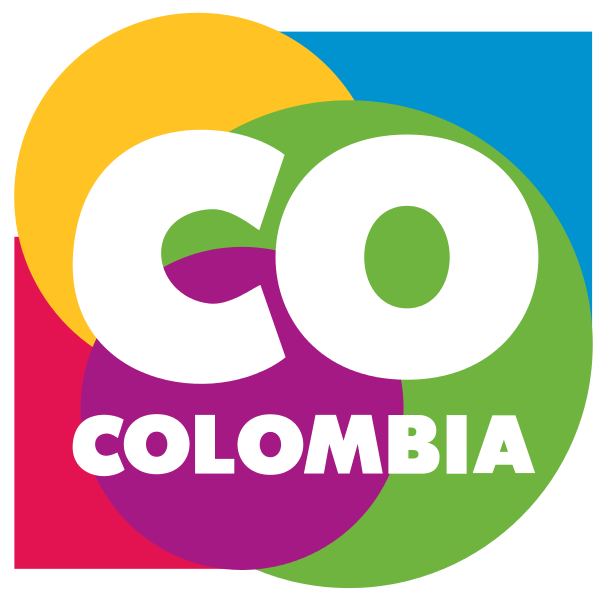Intrusiones cuánticas en educación Quantum Intrusions in Education
Main Article Content
Abstract
The word quantum is an allegory taken from Latin. From 1900, when it was first used in physics, the idea took shape and after a quarter of a century gave rise to the most fundamental theory of the natural sciences. The present text seeks to convince the reader that the term, transferred to the educational field, can have equally revolutionary effects, beyond those that are obvious, derived from the applications of this theory in ICT (information and communication technologies).
On the other hand, the use of ICT cannot become a substitute for education; Well-managed, must serve the purpose of enhancing cognitive, affective and executive abilities that develop talent, ingenuity, and creativity (ICT), three latent characteristics in human intelligence since childhood that can be lost if the teacher does not use appropriate pedagogical and methodological strategies . Thus, the allegory of quantum effects, particularly those of overlapping, tunneling, and interlacing, which is difficult to observe in the everyday world, taken to the extreme in the case of motivations, emotions, and affections, may be a good point of reference. To create a new educational paradigm. Finally, we will work on the role of some of the so-called emerging NBIC technologies in education.
La palabra quantum es una alegoría tomada del latín. A partir de 1900, cuando fue empleada por primera vez en física, la idea tomó cuerpo y después de un cuarto de siglo dio lugar a la teoría más fundamental de las ciencias naturales. El presente texto busca convencer al lector de que el término, trasladado al ámbito educativo, puede tener efectos igualmente revolucionarios, más allá de aquellos que son obvios, derivados de las aplicaciones de esa teoría en las TIC (tecnologías de la información y la comunicación).
Por otra parte, el recurso de las TIC no puede convertirse en sustituto de la educación; bien manejadas, deben servir al propósito de potenciar capacidades cognitivas, afectivas y ejecutivas que desarrollen talento, ingenio y creatividad (TIC), tres características latentes en la inteligencia humana desde la infancia que pueden perderse si el maestro no utiliza las estrategias pedagógicas y metodológicas apropiadas. Así, se considera que la alegoría de los efectos cuánticos, en particular los de superposición, tunelamiento y entrelazamiento, de difícil observación en el mundo cotidiano, llevada al extremo en el caso de las motivaciones, emociones y afectos, puede ser un buen punto de partida para generar un nuevo paradigma educativo. Por último, se trabajará el papel de algunas de las denominadas tecnologías emergentes NBIC en la educación.
Quantum, fotones, electrones, tecnologías, disrupciones, información, educación
References
Giraldo Gallo, J. (2017a). ¿Nano… qué? ¡Nanorevolución! Bogotá: Ediciones Desde Abajo, Colección primeros pasos.
Giraldo Gallo, J. (2017b). Cerebro individual, conciencia colectiva. Bogotá: Ediciones Buinaima.
Giraldo Gallo, J. (2017c). Quantum sapiens. Vols. I, II, III y IV. Manuscrito en preparación.
Greenfield, S. (2015). Mind change. New York: Random House.
Hernández, J., Penessi, M., Sobrino, D., y Vásquez, A. (2012). Tendencias emergentes en educación con TICs. Barcelona: Creative Commons. Asociación Espiral, Educación y Tecnología.
Kaku, M. (2015). The future of the mind. New York: Anchor Books.
Mancuso, S., y Viola, A. (2015). Brilliant Green. The surprising history and science of plant intelligence. Washington: Island Press.
McFadden J., y Al-Khalili, J. (2015). Life on the edge: the coming of edge of quantum biology. New York: Broadway Books.
Mohseni, M. et al. (2014). Quantum effects in biology. Cambridge: Cambridge University Press.
Whitman, G., y Kelleher, I. (2016). Neurotech. Brain science and the future of education. New York: Rowman & Littlefield.
APA
ACM
ACS
ABNT
Chicago
Harvard
IEEE
MLA
Turabian
Vancouver
Download Citation

This work is licensed under a Creative Commons Attribution-NonCommercial-NoDerivatives 4.0 International License.
A partir de la edición No. 46 del año 2024 hacia adelante, se cambia la Licencia Creative Commons “Atribución—No Comercial – Sin Obra Derivada” a la siguiente:
Atribución - No Comercial – Compartir igual: esta licencia permite a otros distribuir, remezclar, retocar, y crear a partir de tu obra de modo no comercial, siempre y cuando te den crédito y licencien sus nuevas creaciones bajo las mismas condiciones.



